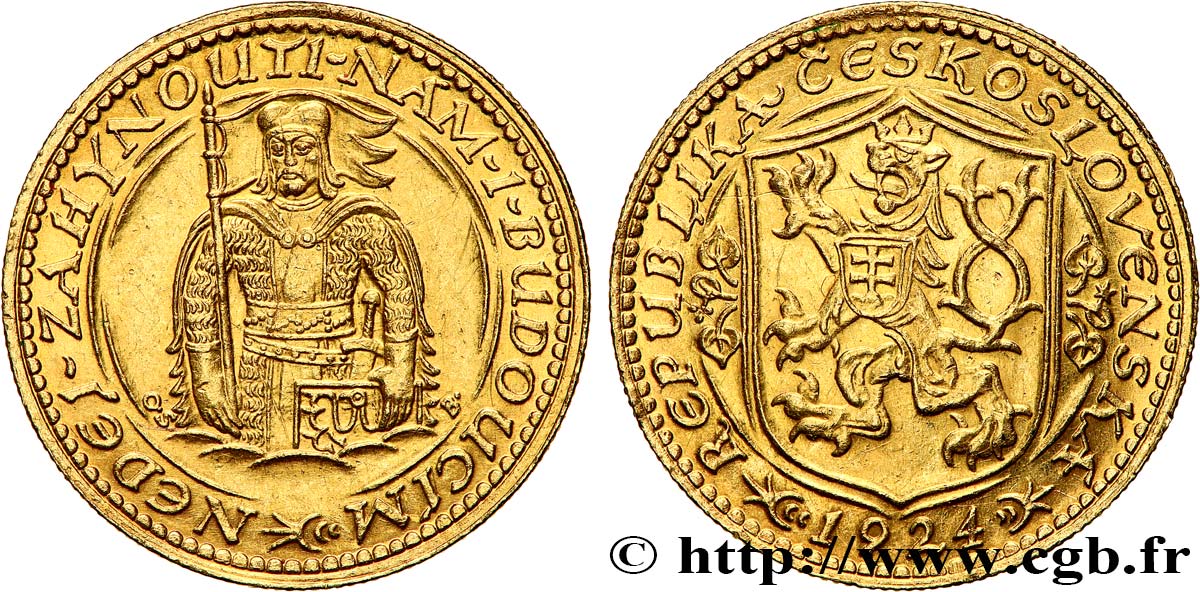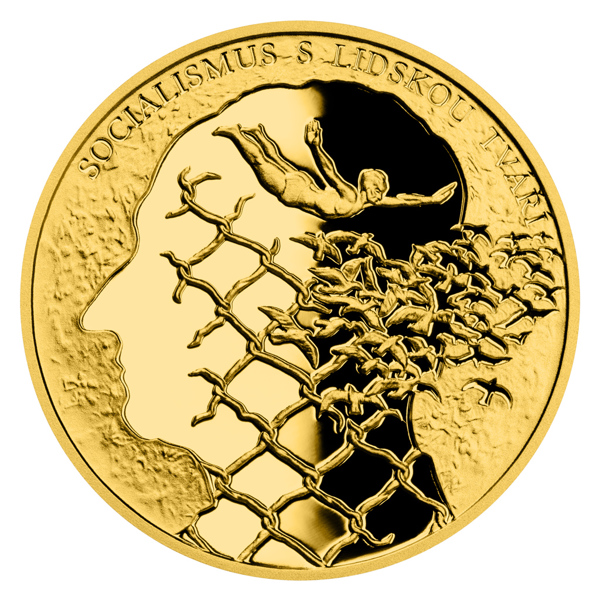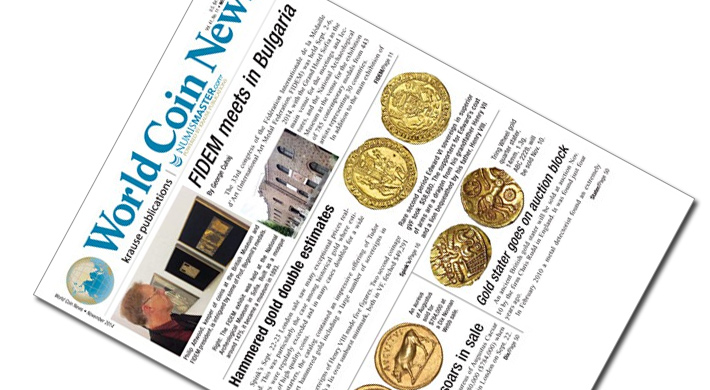Handy Suggestions For Scanning Prague Mint Medals
Wiki Article
What Is The Reason And How Can The Plaster Model Transformed Into A Digital 3d Version For Gold Medals Or Coin?
Scanning a maquette for gold coins and medals needs the use of specialized equipment. It records all dimensions, details, and physical features of the model. The digital replica serves a variety of purposes during the production process.
3D Scanning Technology - High-resolution 3D scanners are used to capture the physical dimensions as well as the details of the model. The scanners use a variety of techniques to capture precise measurements.
Surface Information Capture - The scanner projectes light or laser beams at the plaster model's surface. The scanner tracks the reflections and distortions that these beams cause, taking in surface information.
Data Collection- As it travels across the plaster models, the scanner gathers many data points. These data points are later utilized to create an image of the model, including its contours, geometry details, and so on.
Conversion into 3D Model - The data points that are collected are processed by a software which reconstructs them into a 3D digital model. The model is a representation of the physical dimensions and features of the maquette made of plaster.
Motives to Create an Digital 3D Model
Digital 3D Models allow precise reproduction of physical models' details and dimensions. This will ensure that the final gold coins and medals are created to be in line with the intended design.
Digital models permit easy adjustment or reworking. Designers can make adjustments to the 3D model without changing the initial plaster model enabling iterative improvements or corrections.
Compatibility With Manufacturing Processes Compatibility With Manufacturing Processes Digital 3D Models are compatible with different manufacturing processes including 3D printing and CNC machining, which facilitates the production of dies or molds to make mass production.
Documentation and Archiving Digital 3D models serve as an archived record of the design. They can be stored digitally for future references, reproductions or documentation for historical purposes.
By scanning plaster models and creating 3D digital models, manufacturers and designer can streamline their production processes, ensure accuracy of replication and utilize advanced manufacturing technology to produce gold coins and gold medals with precision and fidelity. Check out the most popular Scanning and 3D Modeling Czechoslovakia gold coins more tips. including chinese gold coins, michael phelps medal, british sovereign gold coin, 2000 olympic, buy gold coins near me, 5 cent piece, $20 gold coin, george washington gold dollar coin, 1 oz gold buffalo coin, gold silver dealers and more.
What Exactly Is The Process Behind Laser Technology To Refine The Surface Or Master Hub For Gold Coins Or Medals Or Dies?
Laser technology is employed in the production of dies or master hubs for gold medals or coins to obtain precise detail and refine the surface to improve accuracy. This is the way laser technology can be used in this process: Surface Refinement
Laser technology can be utilized to smooth the surface following the initial machining. It can be used to smooth out imperfections, eliminate burrs and correct minor irregularities.
Detail Enhancement-
Laser ablation, or laser engraving techniques, can be used to improve or increase the complexity of aspects of the hub master and die. Lasers are able to precisely etch and remove materials. This permits the creation of complex patterns, fine lines, or textures that are difficult to achieve with conventional machining.
Microstructuring-
Laser microstructuring creates microscopic features and textures on the surface die. This technique may impart patterns or textures to improve the appearance or security features of the appearance of medals or coins.
Surface Hardening or Treatment
Laser technology is used in some cases to treat or harden dies or master hubs. This process can improve the wear resistance and durability of the material, and ensure durability during the strike process.
Precision Alterations
Laser technology is an exact method to alter or correct the die, or master hubs, without altering the geometry. It is possible to alter the surface to correct imperfections, discrepancies and other problems that may affect the quality of made coins or medals.
Controlled Material Removal
Laser ablation is a method of exact removal of material. This is especially useful for areas that require precise specifics to be defined. It's a non-contact method of taking away material, and it keeps the integrity of the area.
Laser technology is used to improve details and improve the quality of dies. This leads to improved quality of surface and precision. This allows for the precise manipulation of the surface and improves its characteristics, which are crucial for striking high-quality coins or gold-plated medals. Take a look at the most popular laser processing Prague Mint gold coins more info. including american eagle gold coin 1 oz, gold dollar coin 2000, olympic games gold medal, maple leaf gold coin, ebay gold coins, gold bullion, gold price coin today, gold coin gold, apmex gold, gold apmex price and more.

What Are The Benefits Of Sandblasting Certain Kinds Of Textures Or Finishes, Like Matte Surfaces Or Textured Ones?
Sandblasting is a powerful method for creating rough or matte surfaces on silver or gold coins and medals. How and why do you use this technique?
Surface preparation - The medal or the medal is placed into a chamber, cabinet or nozzle connected to an air compressor. Abrasive materials are usually stored in the chamber.
The medal or coin is then coated with abrasive material, which may include glass beads, sand silicon carbide, or aluminum oxide.
High-Pressure Propulsion- The abrasive particles are pushed onto the surface by compressed air or another high-pressure system. The texture of the surface is produced by the force and speed of the particles.
Texture Creation. The effect of abrasives on a surface alters its topography to produce a rough, matte finish. This process is used to selectively roughen some areas or create an even texture on the entire surface.
Sandblasting that is controlled - Sandblasting can be controlled by the intensity duration, duration and angle of application. This permits different types of finishes and textures. Different abrasives can produce different results.
Sandblasting is utilized for many reasons
Texture variations- Sandblasting enables the creation of different surface textures, or even mattes, frosted, or grainy surfaces. This creates visual interest and unique features to the coins or the medals.
Aesthetic Enhancement - Sandblasting alters the appearance of the surface by diffusing light reflection and diminishing shine, which can enhance the appearance of the coin or medal's appeal. Matte finishes can be used to highlight certain particular design elements by reducing the glare.
Anti-glare properties - The textured or matte finishes that are created by sandblasting decrease reflection and glare, making the medals and coins easier to view and more attractive.
Sandblasting Creates Contrasting Design Elements Sandblasting creates contrast between polished and texture areas on the medal or coin, highlighting specific design elements or creating visual depth.
Sandblasting can be customized that includes artistic expression and the creation of unique medals or coins with finishes or textures that are customized to meet certain design requirements.
Sandblasting is a versatile technique used to create various surfaces or textures on gold medals or coins that contribute to their aesthetics, appearance, and overall appearance. Have a look at the most popular sandblasting Czechoslovakia gold coins blog examples. including st gaudens gold coin, bullion dealers, gold apmex price, gold coin 24k price, golden dime, purchasing silver bars, saint gaudens gold coin, gold and silver bullion, one ounce gold bullion, gold silver dealers and more.

What Makes Gold Coins Of Limited Edition Uniquely Numbered And In What Way?
Limited edition or collector gold coins are typically individually numbered for several reasons mostly to prove the authenticity of the coin, as well as to ensure their exclusivity and enhance their appeal to collectors. This is how and why it's done.
Sequential Numbering. Each coin of a collectible or limited edition is assigned a unique number. The number may be engraved, stamped or embossed on the coin's surface or edge. This number represents its place within the collection.
Certificate of Authenticity: The coins may have an authenticity certificate that matches its unique identifier. This document verifies the authenticity of the coin by providing information about the series and metal content.
There are many reasons to number coins separately.
Authenticity Assurance – The numbering of every coin in the series is an obvious and reliable method of confirming its authenticity. Each number acts like an individual identifier that ensures that the coin is genuine.
Exclusiveness and rarity- Limited editions that have unique numbers are perceived to be more rare and exclusive. Due to their scarce supply numbers are sought-after by collectors. This enhances their value and popularity.
Numbered Coins Add Collectible AppearanceThey enhance the appeal of collectibles by allowing collectors track and highlight specific numbers within the sequence. The numbers that are less or more significant in a particular sequence could be considered more valuable or desirable.
Individual Numbering Encourages Collector Engagement and Interest in Completing Sets or Acquiring Specific Numbers. Collectors can seek out specific numbers in accordance with their personal preferences or milestones.
Value and Resale Potencial- Coins that have unique serial numbers are more valuable in the secondary market. This is particularly true in the case of coins that belong to an established series or have a less serial numbers. Collectors often value these coins for their rarity and uniqueness.
The ability to track and document a coin's history - Numerical Coding facilitates the tracking and documentation of the history of a coin helping to prove its provenance and confirming its authenticity on the market for collectors.
By individually numismatizing limited edition gold coins or collectible ones mints or issuers ensure authenticity, create exclusivity, and increase the coins' appeal to collectors who are looking for unique, scarce or important pieces in a series. Numismatics value these coins for their special significance. Read the most popular Prague Mint gold medal numbering website recommendations including $50 gold coin, 1 10 oz gold coin, 20 dollar gold coin, gold angel coin, american buffalo coin, old silver coin, 1 10 oz american gold eagle, $5 gold coin, sell gold and silver near me, 1 0z gold and more.

